Local plants found in and around Camelback Canyon Estates
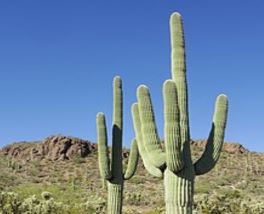
Saguaro Cactus– The Saguaro is found only in the Sonoran Desert and is iconic for the southwest. It is a slow growing cactus that this sensitive to extremes of heat and cold. They have been a source of food and shelter for humans for thousands of years. Their fruits are turned into syrup, and their ribs are used as building materials. The saguaro cactus is a common image in Mexican and Arizonan culture.
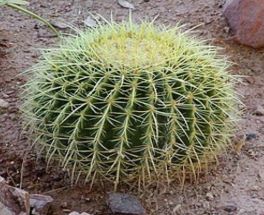
Barrel Cactus– The barrel cactus are also native to southwestern deserts. Native Americans collected the fruit of the barrell cactus as emergency food during extreme drought conditions; however, it is not usually consumed because it is fairly dry and bitter.
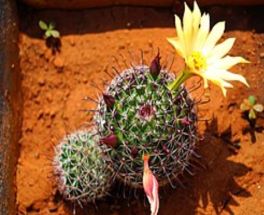
Pincushion Cactus– The pincushion cactus is drought tolerant and native to the arid Sonoran desert. They are small squat plants that ususally don’t grow more than 6 inches in height. The pincushion cactus includes 250 different varieties. Its flowers, while showy, are a rare Spring find.
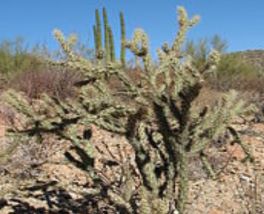
Cholla Cactus– The cholla cactus is native to the Southwest. They are known for their barbed spines that tenaciously attach to skin, fur and clothing. Stands of chollas are called cholla gardens. There are roughly 35 species of cholla to choose from. They are native only to the Americas. They were imported to Europe in the 16th century and can now be seen in southern Europe and northern Africa. The fruit can be eaten after carefully removing the small spines with abrasion or fire. They can also be used to make flour.
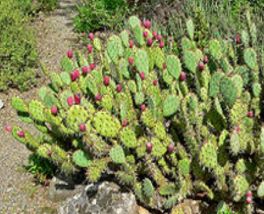
Prickly Pear Cactus– The prickly pear cactus is known for its flavorful fruit and showy flowers. The fruit can be red, wine-red, green, or yellow-orange. The pads are known as nopal. They are the most cold tolerant of the lowland cactus.

Mesquite Tree– Mesquite is the name for several large deciduous shrubs or small trees. They can be identified by their feathery compound leaves, and their spiky bark. They grow in shrublands in Texas, Arizona and across the Southwestern US. They have extensive roots that can stretch up to 200 ft. Mesquites are nitrogen “fixers,” which means that they increase the nitrogen content in the soil and may improve its fertility. Its fruit grows as long seed pods containing bean-like seeds. They ripen in July and August and have a sweet coating, making them popular with humans and wildlife.
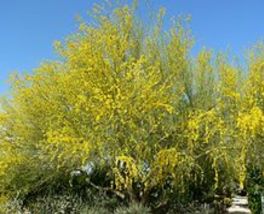
Palo Verde Tree– Palo Verde means “green pole or stick” in Spanish, referring to the green trunk and branches that perform photosynthesis. They grow up to 40 feet high. They grow rapidly with bright yellow pea-like flowers that cover the tree in Spring. The tree is primarily found in desert washes in the Sonoran Desert. The plant’s beans are a food source and its wood was used to make utensils. The beans can be ground for flour. The flowers are sweet and edible.
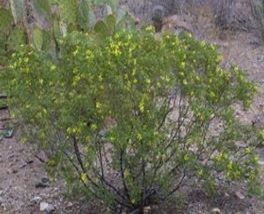
Creosote Bush– Another name for this plant is greasewood. It has an unromantic name, but possesses wonderful medicinal properties and fascinating adaptive abilities. It is well suited to arid deserts. The greasewood name refers to the large bush’s sticky resin-coated leaves that carry a strong smell that releases in warm desert rains, permeating the entire area with the characteristic scent of a desert rain. They produce flowers that are followed by a strange fuzzy silver fruit.

Little-leaf Palo Verde– The little-leaf palo verde (also called the foothill palo verde, or a yellow palo verde) is native to the southwest. It is slow growing, sometimes living for several hundred years. It typially grows to around 16 ft. The leaves are yellowish green and during extensively dry and hot periods the tree will shed them. I can perform photosynthesis in its bark (hence the green color) that is what allows it to survive leafless in hotter periods. The flowers are at the end of the branch, small, pale yellow and occur in late spring. If there is enough rainfall seeds will appear in 1 1/2 to 3 inch long soft pods that ripen in July. The seeds provide food for jackrabbits and rodents. The dried seeds can be ground into flour.
If you are wanting to enhance your property with low-water-use plants, a good place to start are the various guides provided by the surrounding cities. The following links contain information on low-water-use plants that you can use in your landscaping: